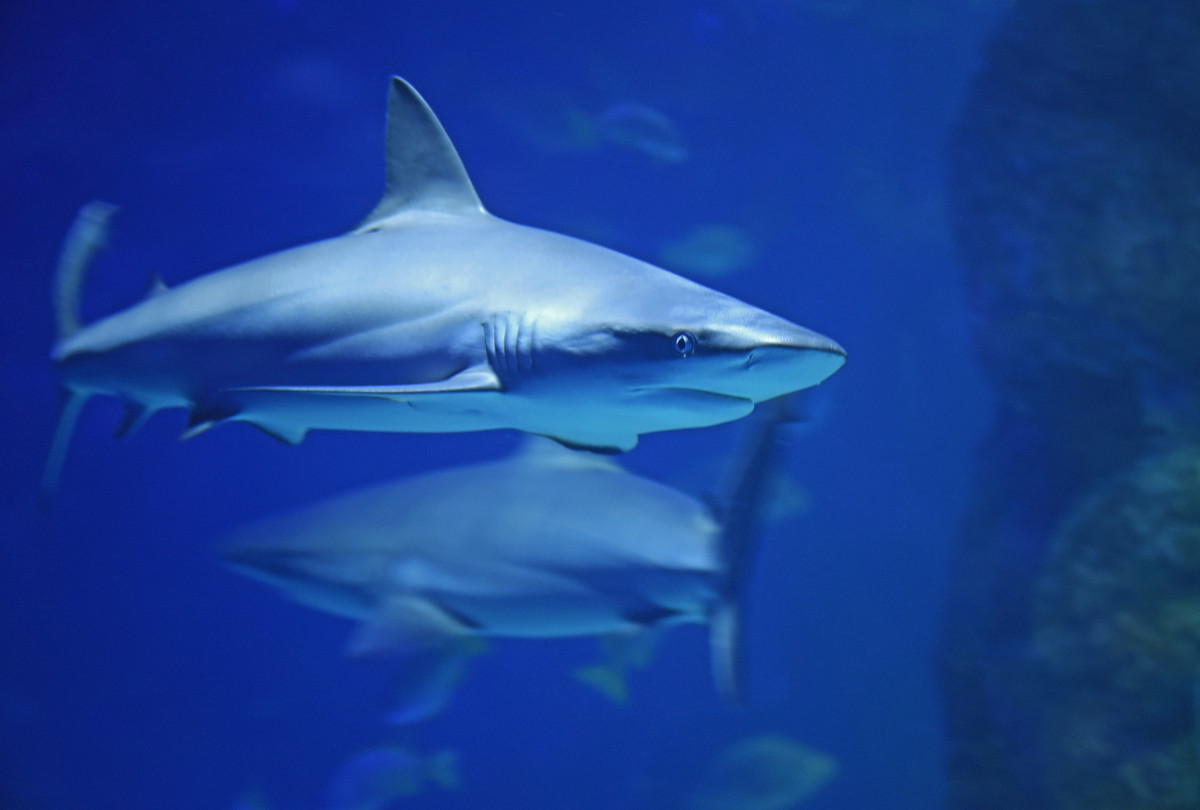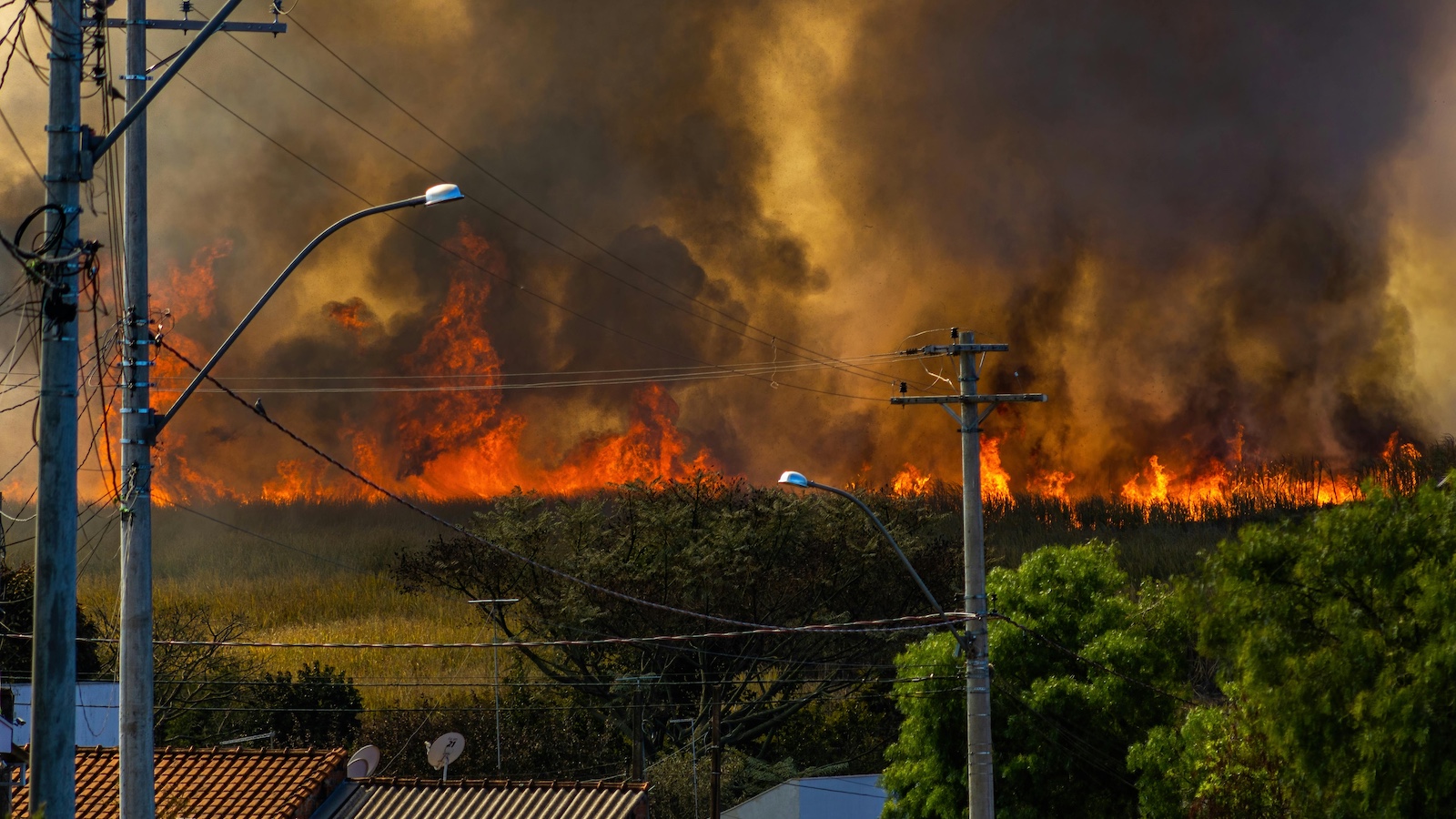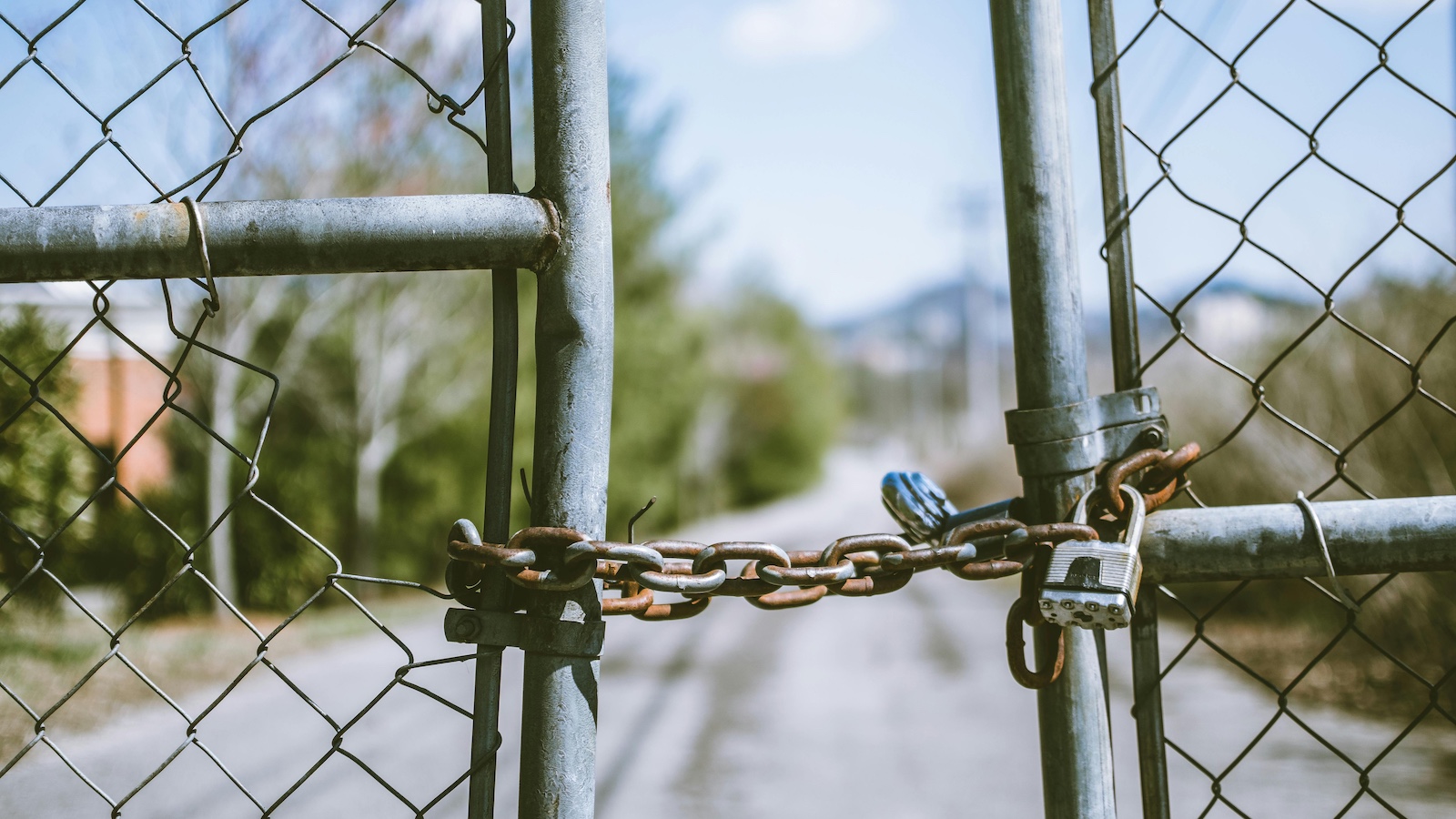Many years ago, when I watched "Biloxi Blues," the Neil Simon play about a young draftee suffering through basic training in Biloxi, Mississippi, I laughed hard at the way actor Matthew Broderick whined the line, "Man, it's hot. It's like Africa hot. Tarzan couldn't take this kind of hot."
I'm not laughing now. I can't swear that Tarzan couldn't take the "kind of hot" we're experiencing in California, but I'm certainly struggling. The high temperatures in the Central Valley have exceeded 110 for several days now and are expected to be between 100 and 110 for as far as the eye can see on weather forecasts. Even in the Lake Tahoe area, where I've spent many a pleasant summer, temperatures are so high and wood so dry that four fires have produced the Reno, Nev., weather station's first report of fire tornados -- the fires literally produced tornados of flame and laid waste to tens of thousands of acres.
What's next? Sharknados? And what, if anything, can we do?
Well, there certainly doesn't seem to be a break coming any time soon, and not just in California. While I whine about highs of maybe 113 in Northern California and the rolling brownouts and blackouts, Death Valley recorded 130 degrees down south, thought to be the world's highest temperature since 1931, and forecasts are for the heat wave to be unrelenting. Meanwhile, in Iowa, a derecho -- a wide line of fast-moving storms characterized by winds that can reach hurricane force, by tornados and by heavy rains -- devastated 12.4 million acres of soybeans and corn early last week. A city council member in Cedar Rapids, Iowa, said trees are piled six to 10 feet high along streets -- "It's like driving through a tunnel of green." The East Coast is facing its 11th named tropical storm so far this year, forming in the Atlantic, even though the 11th storm usually isn't named until well into October. (Storms are named when they reach a certain threat level.)
While the U.S. gets most of the focus just now, Siberia has had a crazy heat wave of its own. A town named Verkhoyansk just recorded a temperature of 100 degrees. That may not seem that extreme, but the town is in the Arctic Circle. It was previously known for tying the lowest temperature on record, at minus-90.
You can decide for yourself just how severe climate change will be and how quickly it will occur, but trend lines on heat certainly suggest to me that this won't be the last summer when I complain about Tarzan-level heat and when my friends on the East Coast have to batten down the hatches in the face of a string of hurricanes.
The only thing I know to suggest is to prepare. We had authors predicting a bad hurricane season last spring, such as in this article from May 10. We've also published extensively on better ways to understand wildfire risk, including in a three-part series whose first piece, dated July 6. The articles describe what seems to be a promising way to correlate various risks, even when the areas involved are not near each other.
I'd love to be able to offer ways to head off the sort of devastation that, say, Iowans are facing, but I don't imagine it'd do much good for me to tell the sun not to shine and the winds not to blow. So, better preparation is about all we can do for now.
The sorts of improvements in modeling described in those articles on hurricanes and wildfires can help. So can better sensors. Tiny, inexpensive weather stations dotting the countryside might pick up the signs of a derecho or other major storm faster than we can now.
Technology is also starting to help us react faster once tragedy strikes. Reports from the devastation in Iowa came in quickly, thanks to aerial surveys by drones, so recovery can started promptly. Parametric insurance policies or provisions written into standard policies can make a certain percentage of a claim available almost immediately, helping the insured get back on his or her feet faster.
There are even the beginnings of hope on prevention. Strings of small satellites that various companies are launching will monitor the Earth in real time and spot blazes when they are far smaller than most are when identified now. But that's mostly theory at this point. It'll take some time to implement.
This will be a slog. We'll do our best to keep you updated on promising developments and hope you'll pass along any ideas you have.
In the meantime, stay cool, stay dry and stay away from those fire tornados.
Paul
P.S. Here are the six articles I'd like to highlight from the past week:
COVID: Chance to Rethink Workers Comp
As insurers worry that the pandemic is depressing premiums, here is a way to rethink workers' comp -- plus two entirely new product ideas.
Why COVID-19 Must Accelerate Change
According to a survey, insurers are 50% behind consumer demand for service via online chat and 25% behind on service via website.
COVID-19 Sparks Revolution in Claims
The pandemic has pushed workers' comp toward telehealth, which is revolutionizing the claims process in four key ways.
5 Hurdles to Insurtech Success
Here are five things that stand between insurtechs and success -- but, please note, your mileage may vary.
Watch for This 1 Word on Customer Needs
Use this simple technique to uncover customer needs, drive innovation in customer experience and keep your business ahead of the curve.
It is no longer enough to show up with a fancy spreadsheet, promises of better service and a capabilities presentation.








